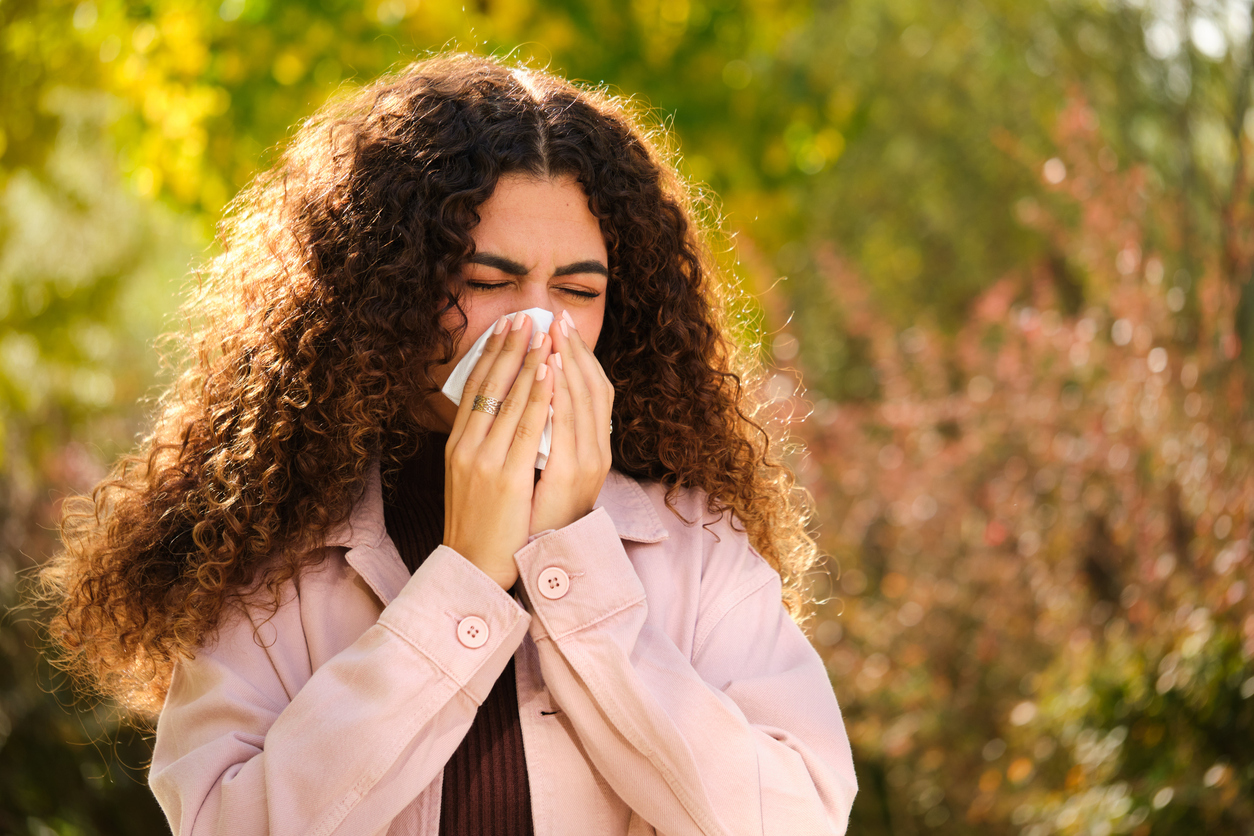Nestled between the Coast Range and the Cascade Mountains in Oregon, the Willamette Valley is a productive agricultural region. As the largest producer of cool-season grass seed in the world, it has earned the title as the Grass Seed Capital of the World.
The area produces almost two-thirds of the total production of cool-season grasses in the United States. This brings into question what impact this has for people with allergies in the area.
Grass Pollen and Allergies

The area has a mild, wet climate that allows for fast and healthy grass growth and the soil is nutrient rich for agriculture. The grass seed production is helpful for the area economically but for locals, it contributes to high pollen counts, especially in late spring and early summer.
For those with environmental allergies, this can make outdoor activities uncomfortable.
Grass pollen in the Willamette Valley can:
- Trigger sneezing, congestion, itchy eyes and fatigue
- Worsen symptoms of asthma or other respiratory conditions
- Linger in the air and settle on surfaces for weeks during peak season
Coping With Allergy Symptoms
If you live in or visit the Willamette Valley, consider steps to reduce allergy symptoms:
- Monitor daily pollen forecasts and limit time outside during peak hours.
- Keep windows closed and air out the home on low-pollen-count days.
- Rinse off after outdoor exposure to remove pollen from skin and hair.
- Talk to a healthcare provider about allergy treatments or testing.
To learn more about how allergy symptoms may be impacting you or to better understand your allergens, contact Willamette ENT & Facial Plastic Surgery to schedule an appointment today.
“Dr. Strand is wonderful. In fact, all the staff are just the best. Personable, and to the point. You will be well cared for at Willamette ENT.”